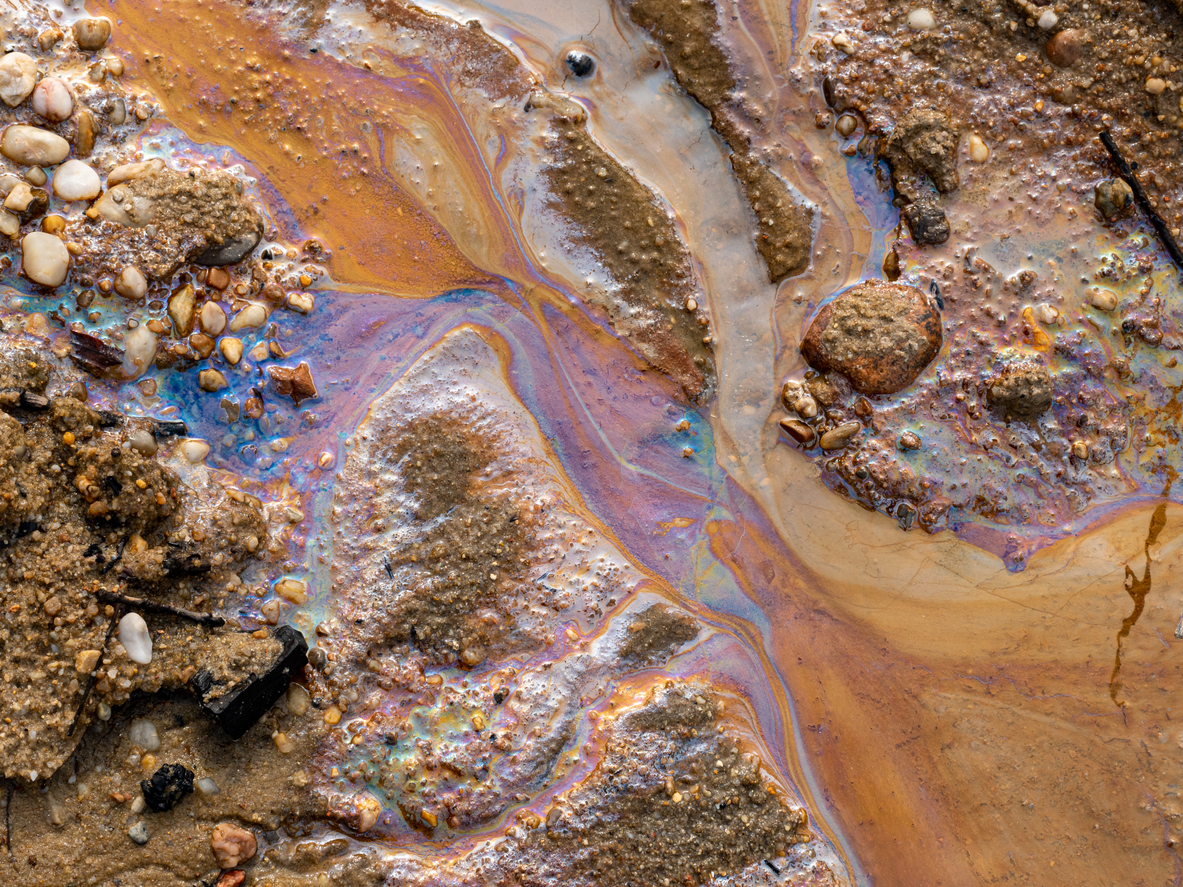Brownfield development sites are those where the land was previously developed for industrial or commercial purposes but are now abandoned or unused. As a result of their former use, brownfield sites may be contaminated by chemicals or other hazardous and toxic matter. This contamination may remain in the soil and surface water, or seep into the water table and then into nearby streams and bodies of water. As sad as such negligence is, this matter can be remedied by remediating or cleaning up the land to repurpose it. So, how do you clean up a brownfield to minimise the impact on the local environment and residents?
Investigating Brownfield Sites
How a brownfield development site is cleaned up depends on the type and degree of contaminants it is affected by. To get a comprehensive understanding of the site, property developers must hire a professional environmental consulting firm. This assessment typically takes place before funding is secured. The environmental assessors will investigate how the brownfield site and nearby land were previously used, and how it is currently being used. This investigation will include examining historical records, photographs, and databases to better understand how the site and nearby sites were used.
Assessing Brownfield Contamination
To get a complete picture of the contaminants on a brownfield site, the environmental consultant will take samples of the surface soil and water, followed by the subsurface soil and groundwater. If structures or items have been left on the site, such as storage drums, underground storage tanks, electrical equipment, etc., those items will also need to be sampled. If any hazardous matter has been identified, the next step is to assess potential risks and plan the clean-up.
Examples of brownfield contaminants:
- Lead left from mining, batteries, fuel, paint, piping, and inks
- Petrol left from chemicals, plastics, and fuel
- Asbestos left from mining and processing, piping, fireproofing, and insulation
- Polycyclic aromatic hydrocarbons, a by-product left from soot, creosote, coal, and tar
- Metals left from metal fabrication, mining, and manufacturing
- Volatile organic compounds left from commercial solvents, dry-cleaning, paint strippers, and degreasers
- Polychlorinated Biphenyls left from manufacturing, power plants, lubricants, electrical transfer fluids, caulk, and paint
- Arsenic left from pesticides, agriculture, wood preservatives, and manufacturing
Brownfield Site Clean-Up Methods
The clean-up of a brownfield site depends on the type of contaminants present and the degree of contamination.
Site clean-up methods could include:
- Excavation: the contaminated soil or contaminants are dug up and removed for off-site treatment. Clean soil is used to fill the area.
- Tank removal: fuel-contaminated soil is dug up, and storage tanks and piping is removed.
- Capping: a barrier is placed between the surface and contaminants to prevent the contamination from spreading.
- On-site treatment: the soil is injected with chemicals to break down contaminants or to reduce their toxicity.
- Bioremediation: harmful substances are degraded by adding adapted or naturally occurring microbes, nutrients, chemicals, or oxygen.
- Phytoremediation: plant root systems are planted to absorb the contaminants or release neutralising substances.
- Lead and asbestos: contaminated material is contained and removed using specialised equipment.
Developing on a brownfield site may take more time, but it is rewarding to see land transformed and reused to benefit the surrounding residents and businesses. With Archistar you’ll find it easier to identify potential development sites, including brownfields. And no matter what type of land you’re developing on, with Archistar generating possible designs, assessing profitability, and running feasibility studies are just as easy. Schedule a demo to see how your business can benefit from Archistar.


